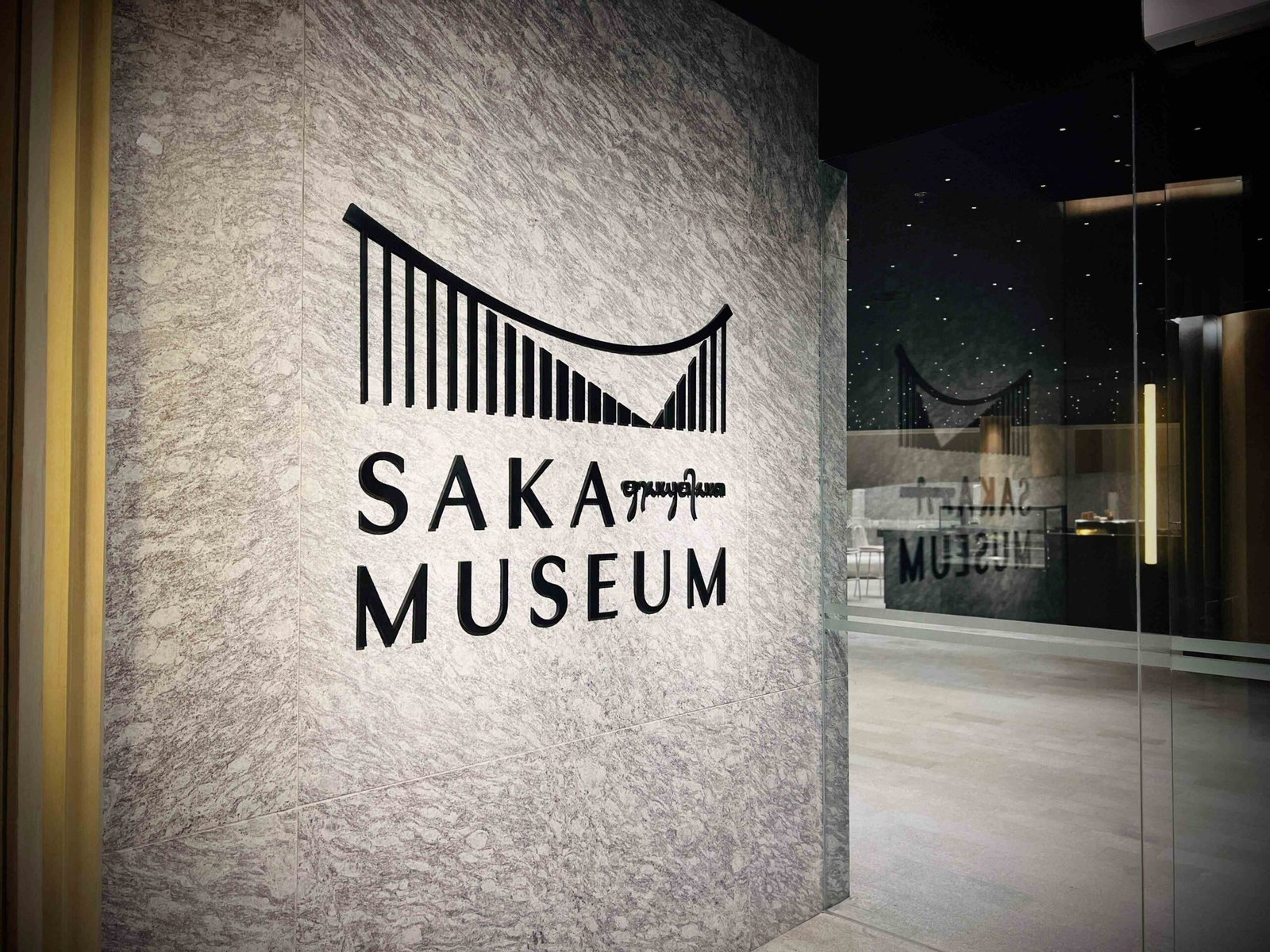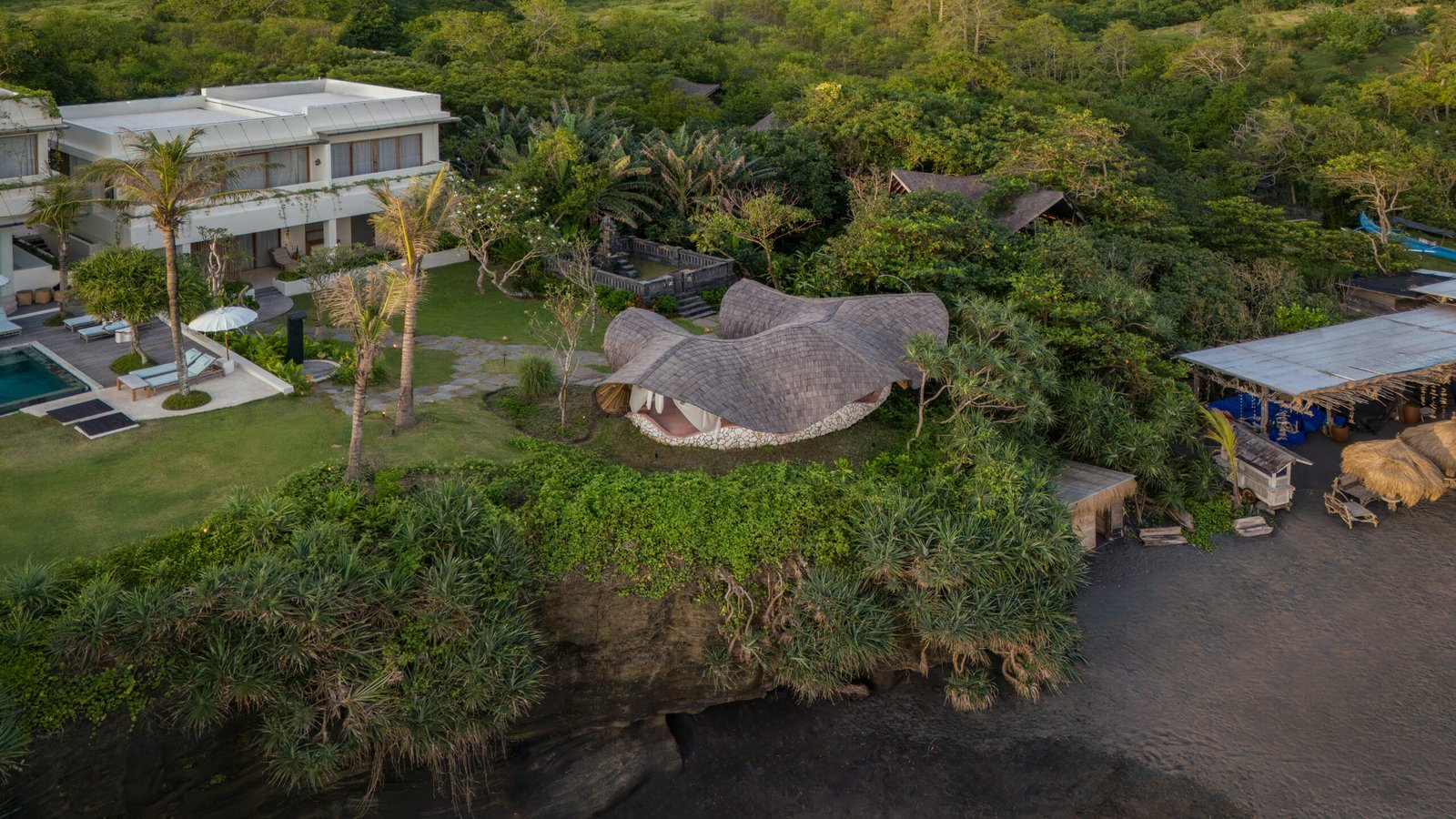There’s something magical about Bali that lingers long after the sand’s been rinsed from your toes. It’s in the frangipani-scented air, in the way incense curls through temple gates at sunrise, and in the quiet nods to spirits that Balinese life is built around. Here, every offering has intent and every ceremony has a purpose, whether it’s to ward off bad luck, bless a newborn, or honour the unseen. Bali’s way of life is rich with ritual and reverence. And at the heart of AYANA Bali, the newly crowned SAKA Museum captures that quiet magic in a space that feels less like a gallery and more like a grand offering to the island’s soul.

On a full moon in July 2025, I rolled into SAKA Museum to the sound of Balinese gamelan echoing across the expansive lobby. It’s the evening of Lila Cita Sukaning Manah (Sincere Intent, Joyful Heart), the ceremonial name for the latest chapter in SAKA’s cultural storytelling. While the museum usually closes at 6pm, it came alive that night, beckoning guests into immersive exhibitions celebrating Bali’s spiritual core, from elemental magic to Nyepi rituals, all curated under one beautifully conceived banner.

SAKA Museum’s significance to the Balinese culture

This celebration isn’t just for op‑eds or social media clout, nor some dusty heritage side project. It’s Bali’s bold cultural nerve centre, now officially a TIME “World’s Greatest Places” 2024 honouree and among the “World’s Most Beautiful Museums 2025” by Prix Versailles (psst, the same list as Grand Palais and Kunstsilo).

It’s also the first proper museum in Bali devoted entirely to the island’s living rituals, legends and philosophies, all designed by award‑winning Napp Studio in harmony with Tri Hita Karana and Balinese cosmology. Every corridor, every exhibit, even the compass‑shaped architecture aligns with Bali’s sacred balance of people, nature, and spirit. And nothing gives meaning to that more than Nyepi.
Nyepi, Bali’s Day of Silence
Nyepi has been widely condensed into a mere day where everything stops. It’s described as a full island shutdown that hits like a spiritual mic drop. No lights, no travel, no noise. Even the airport closes. Because it’s so dark during Nyepi, it’s also when the milky way shows itself if the night sky is clear enough.
For 24 hours, the island turns inward as Balinese Hindus observe a sacred pause to mark the New Year. It’s a time for reflection, purification, and pressing ctrl+alt+delete on life.
But, if you peel back the curtain of silence, there are things to learn about the rich lead-up of rituals through the week prior: from communities coming together to build impressive ogoh-ogoh, to the ritualistic and almost animalistic parades that chase away evil spirits, before the meditative hush that follows. At SAKA Museum, this ritual can be felt, from interactive elements and videos guiding you through the museum.
Journey through SAKA and Nyepi
At the first level of the museum, I traced the five sacred elements: earth, water, fire, air, and ether, in an immersive gallery. I crafted a virtual canang sari offering, and redirected Bali’s centuries-old Subak irrigation system on an interactive touchscreen. An 11-minute film on the Balinese New Year, complete with English subtitles and dubbed translations via headphones, offered cultural context that’s both accessible and deeply resonant.

As you move upwards to the second level, SAKA Museum has teamed up with Balinese artists and local communities to craft bespoke ogoh-ogoh, those towering, often terrifying effigies marched through the streets on the eve of Nyepi. The exhibition spotlights creations from nine banjars (village hamlets) and emerging young artists, all curated by cultural provocateur Marlowe Bandem. Each piece carries the weight of folk tales, philosophies, and the raw, collaborative power of Bali’s community-driven creativity at its finest.
Finally, you’ll arrive at the 360° immersive dome, where you sit under a digital sky as the island falls quiet around you. It’s beautiful, eerie, and surprisingly moving (if not a little warm). Even if you’re not spiritual, it hits.
SAKA Museum celebrates Bali’s heritage in a way that’s lush, intelligent, and scandalously beautiful. Entrance is free for guests of AYANA resort, but if you parachuted across continents to witness it, tickets cost IDR300,000.
Experiencing that light dome film of Nyepi might be more moving than most spiritual retreats you’ve been on. So yeah, here’s to sincerity, joy, and a very good reason to book a Bali flight.





One thought on “Step into the spirit of Bali at SAKA Museum, AYANA’s award-winning cultural gem”